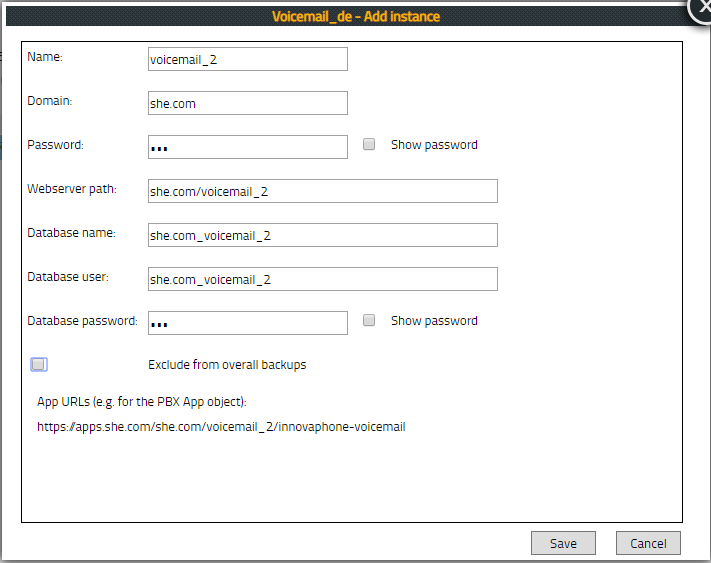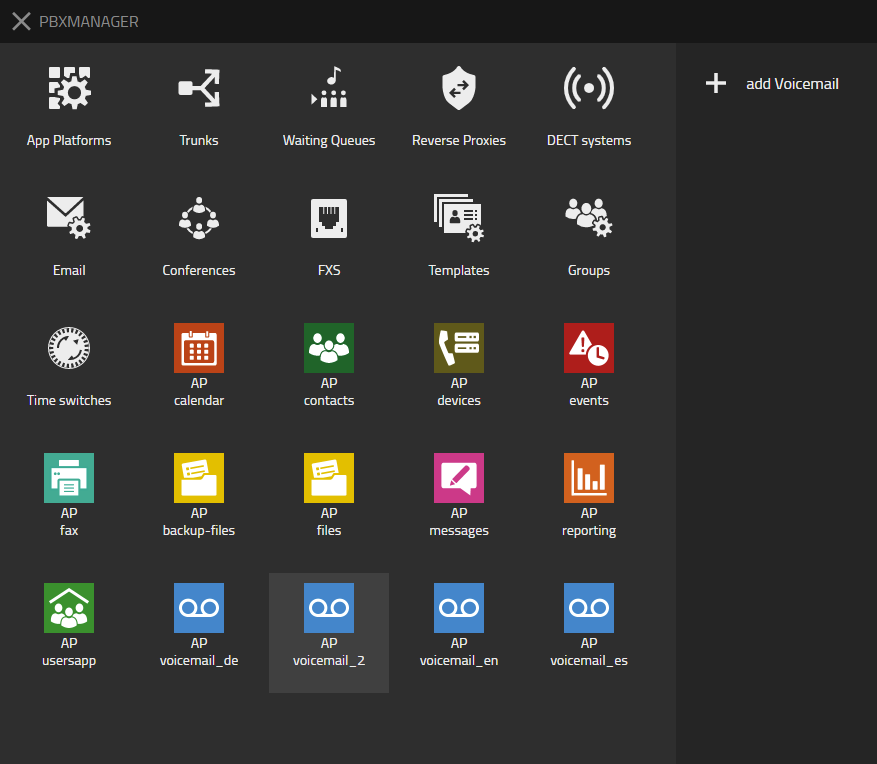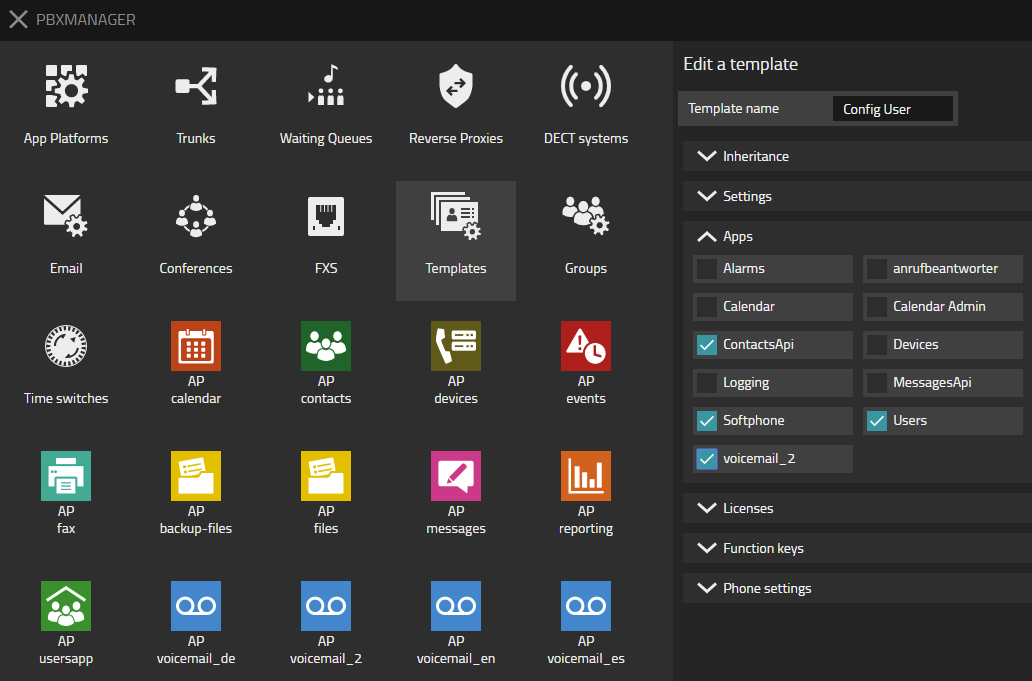Howto13r1:Create a second Voicemail: Difference between revisions
Jump to navigation
Jump to search
mNo edit summary |
|||
| Line 38: | Line 38: | ||
It is important to know that by adding a Voicemail Object via PBX Manager the passwords will be set '''again'''. | It is important to know that by adding a Voicemail Object via PBX Manager the passwords will be set '''again'''. | ||
Solution is to set all passwords again afterwards: | |||
* | * Voicemail AppObject (via Advanced GUI) | ||
* | * Instance password | ||
* | * Services/HTTP/Client | ||
Alternative: check out the password via Webconsole and insert it in Services/HTTP/Client | Alternative: check out the password via Webconsole and insert it in Services/HTTP/Client | ||
== Related Articles == | == Related Articles == | ||
*[[Course13:IT_Connect_-_13_Design_of_the_Application_Platform#Create_a_new_App_Service_Instance]] | *[[Course13:IT_Connect_-_13_Design_of_the_Application_Platform#Create_a_new_App_Service_Instance]] | ||
Revision as of 12:38, 18 December 2019
Applies To
This information applies to
- v13r1 and up
More Information
This article describes "How to create a second Voicemail" for the same language. If you just want to create a voicemail in another language than you can use our Installer.
Configuration
1.Create a new instance via our "App" App.
2. Add voicemail
3. Attach Voicemail to your Config template
4. Insert URL into Services/HTTP/Client. Be sure that your password is the same as used in instance.
Troubleshooting
No access possible
It is important to know that by adding a Voicemail Object via PBX Manager the passwords will be set again.
Solution is to set all passwords again afterwards:
- Voicemail AppObject (via Advanced GUI)
- Instance password
- Services/HTTP/Client
Alternative: check out the password via Webconsole and insert it in Services/HTTP/Client




